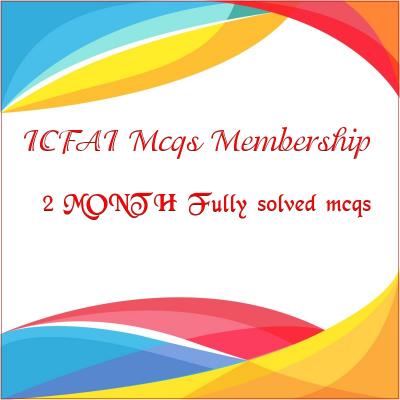PRINCIPLES OF MANAGEMENT
Price:
Rs500
Case No.: 6 Quality as the Key Success Factor In Winning the Global Car War
Massachusetts institute of Technology (MIT) conducted an extensive study of the global car industry that compared operations at General Motors, Toyota, and the joint venture between GM and Toyota, the New United Motor Manufacturing Inc. (NUMMI) plaint in Fremont, California. The result of the study should raise some very disturbing questions about the quality and productivity of American operations, namely:
-
Why did GM’s Framingham plant require 31 hours to assemble a car when the Toyota plant only required 16 hours- or roughly half the time?
-
Why did the GM plant average 135 defects per car when Toyota had only 45 defects – or about one-third the number?
-
Why did GM require almost twice as much assembly space as the Toyota facility?
-
Why did GM require to a two-week parts inventory when Toyota only needed a two-hour supply of parts for its assembly line? As one might suspect, the cost of maintaining a large parts inventory inflates product costs.
Obviously GM did not fare well in the direct comparison to Toyota, but there are also signs of encouragement in the MIT study. Although American auto makers had fallen behind their foreign rivals, they have taken active steps to improve product quality and respond to customer wants. These companies have not been defeated; rather they have been revitalized by the competition.
GM joined forces with Toyota to create the NUMMI plant in order to improve the quality and efficiency of its manufacturing operations. The old GM plant in Fremont, California, was one of the car maker’s worst performing facilities before the NUMMI operation was initiated. As a result of the joint venture, assembly time has been greatly reduced and quality, measured in terms of total number of defects per car, has equaled the performance of Toyota in Japan. Although assembly space is still relatively high by Japanese standards, NUMMI’s inventories have been reduced from two weeks to just two days. In short, the solution to many of GM’s production problems could be traced to a need of eliminating waste, focusing on value-added process, and enforcing more stringent quality controls. In some ways, the European car industry is even in a less competitive position than U.S. companies. The quality, measured by assembly defects for 100 vehicles, is worse in Europe. European car manufacturers had 97 defects per 100 cars, compared to 82.3 by American firms operating in the United States. Japanese companies operating in North America had only 65 such defects and Japanese firms in Japan had only 60. In productivity, European car firms also did poorly, requiring 36.3 hours to assemble a car compared with 25.1 hours of U.S. companies in North America, 21.2 hours of Japanese car makers in North America and only 16.8 hours of Japanese firms operating in Japan. Clearly, U.S. and especially European firms need much improvement in productivity and quality to be competitive in the global market.
Questions:
-
In the NUMMI joint venture, what did Toyota gain? What were the benefits for General Motors?
-
As a consultant, what strategies would you recommend for European carmakers to improve their competitive position in the global car industry?
1. Case study solved answers
2. pdf/word
3. Fully Solved with answers







